
by Ria Olivier | Sep 25, 2025 | Announcement, Jobs, Marion Island, News, Overwintering Team, Research, SANAP, Science, Southern Ocean, Stations, sub-Antarctic, Team member
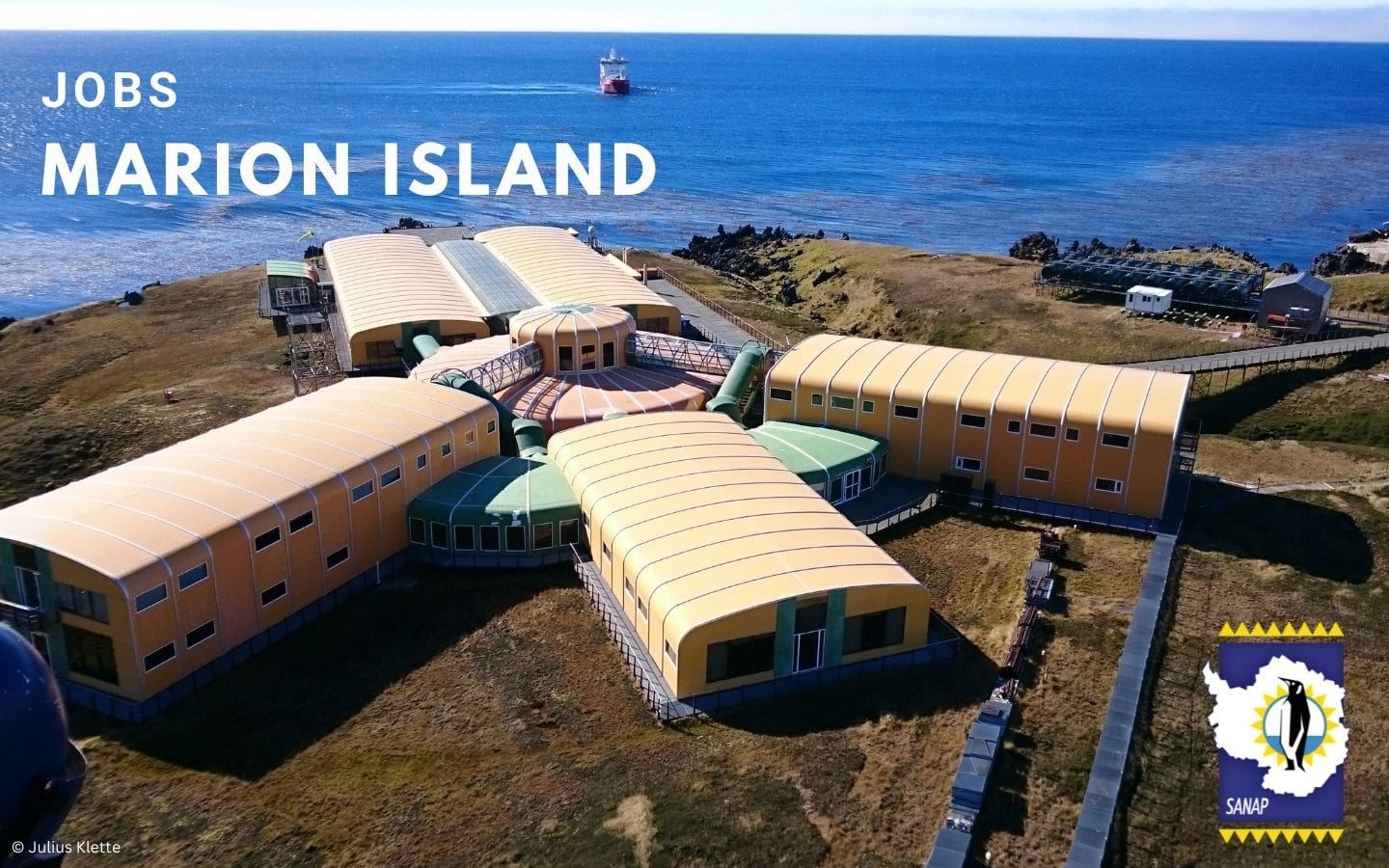
The following positions are available on the sub-Antarctic, Marion Island for the overwintering period (April 2026 to May 2027)
Environmental Officer Assistant Environmental Officer
Communications Engineer Diesel Mechanic Electrical Engineer Medical Orderly
Senior Meteorological Technician Assistant Meteorological Technician
Closing Date: 06 OCTOBER
The incumbent will execute duties at a Sub/Antarctic Base and adhere to the health, safety and environmental requirements. The successful applicant will spend a full year (April 2026 to May 2027) at Marion Island. There is no option to return to South Africa before May 2027. The ability to work and live with small groups of people is thus essential. Although the base is well-equipped with e-mail, fax and satellite telephone facilities, the applicant must be self-sufficient and self-motivated.
Click here: View all positions

by Ria Olivier | Aug 11, 2025 | International Days, Marine Protected Area, Microbiology, Research, SANAP, Science, Southern Ocean
 Every year on 11 August, World Krill Day draws global attention to the small but mighty Antarctic krill (Euphausia superba)—a cornerstone of the Southern Ocean ecosystem. For decades, the South African National Antarctic Programme (SANAP) has played a role in advancing krill research, from early expeditions that mapped their distribution and seasonal abundance, to long-term monitoring of how environmental change impacts their population dynamics. Historical studies conducted on board research vessels such as the SA Agulhas have built a foundation of knowledge on krill biology, diet, and role in supporting predators like penguins, seals, and whales. These efforts have helped inform sustainable fishing guidelines and contributed to international collaborations through the Commission for the Conservation of Antarctic Marine Living Resources (CCAMLR).
Every year on 11 August, World Krill Day draws global attention to the small but mighty Antarctic krill (Euphausia superba)—a cornerstone of the Southern Ocean ecosystem. For decades, the South African National Antarctic Programme (SANAP) has played a role in advancing krill research, from early expeditions that mapped their distribution and seasonal abundance, to long-term monitoring of how environmental change impacts their population dynamics. Historical studies conducted on board research vessels such as the SA Agulhas have built a foundation of knowledge on krill biology, diet, and role in supporting predators like penguins, seals, and whales. These efforts have helped inform sustainable fishing guidelines and contributed to international collaborations through the Commission for the Conservation of Antarctic Marine Living Resources (CCAMLR).
Today, SANAP’s scientists continue to track krill populations using modern acoustic survey techniques, satellite-linked oceanographic data, and advanced modelling to understand how sea ice shifts and warming waters may affect their future. Current projects explore krill’s role in the carbon cycle and their resilience to environmental stress, while future research aims to integrate genetic studies to assess population connectivity across the Southern Ocean. By combining historical data with cutting-edge science, SANAP is helping to safeguard this keystone species—and, in turn, the health of the entire Antarctic ecosystem.
 On this World Krill Day, we celebrate not just the species itself, but the decades of South African research dedicated to understanding and protecting it.
On this World Krill Day, we celebrate not just the species itself, but the decades of South African research dedicated to understanding and protecting it.
Documents and references available on ALSA Repository

by Ria Olivier | Apr 22, 2025 | International Days, Research, SANAP, Science
 On Earth Day 2025, we recognize the vital role of science in securing the future of our planet. South Africa’s commitment to environmental stewardship is powerfully reflected in its research presence at Antarctica, Marion Island, and Gough Island, under the South African National Antarctic Programme (SANAP). These remote, pristine locations serve as natural laboratories for understanding global climate systems, ocean circulation, and the health of marine ecosystems. From monitoring atmospheric carbon levels in Antarctica to studying biodiversity on Marion Island, South African researchers are gathering critical data that informs climate models, shapes conservation strategies, and guides global efforts to mitigate climate change.
On Earth Day 2025, we recognize the vital role of science in securing the future of our planet. South Africa’s commitment to environmental stewardship is powerfully reflected in its research presence at Antarctica, Marion Island, and Gough Island, under the South African National Antarctic Programme (SANAP). These remote, pristine locations serve as natural laboratories for understanding global climate systems, ocean circulation, and the health of marine ecosystems. From monitoring atmospheric carbon levels in Antarctica to studying biodiversity on Marion Island, South African researchers are gathering critical data that informs climate models, shapes conservation strategies, and guides global efforts to mitigate climate change.
 The work conducted through SANAP not only enhances our understanding of Earth’s most vulnerable environments but also strengthens global collaboration on environmental sustainability. Long-term monitoring of weather patterns, sea temperatures, and wildlife populations across these islands contributes directly to international climate assessments and helps predict future planetary changes. As we mark Earth Day, let us celebrate the dedication of researchers who brave the extremes to ensure a liveable Earth for generations to come. Their efforts remind us that the answers to many of our environmental challenges lie in the farthest corners of our world—and that the time to act on them is now.
The work conducted through SANAP not only enhances our understanding of Earth’s most vulnerable environments but also strengthens global collaboration on environmental sustainability. Long-term monitoring of weather patterns, sea temperatures, and wildlife populations across these islands contributes directly to international climate assessments and helps predict future planetary changes. As we mark Earth Day, let us celebrate the dedication of researchers who brave the extremes to ensure a liveable Earth for generations to come. Their efforts remind us that the answers to many of our environmental challenges lie in the farthest corners of our world—and that the time to act on them is now.
by Ria Olivier | Feb 3, 2025 | Announcement, Geomorphology, Important Dates, Research, SANAP, SANAP Student, Science
 The International Conference on Geomorphology (ICG) 2025 is set to take place in breathtaking New Zealand, a land renowned for its dynamic landscapes and geological wonders. This global gathering of geomorphologists will provide a platform for cutting-edge discussions on landform processes, climate interactions, and Earth surface dynamics. We invite researchers, early-career scientists, and professionals to contribute to this exciting event by submitting abstracts to the special session:
The International Conference on Geomorphology (ICG) 2025 is set to take place in breathtaking New Zealand, a land renowned for its dynamic landscapes and geological wonders. This global gathering of geomorphologists will provide a platform for cutting-edge discussions on landform processes, climate interactions, and Earth surface dynamics. We invite researchers, early-career scientists, and professionals to contribute to this exciting event by submitting abstracts to the special session:
Geomorphological Insights from the Sub-Antarctic
Description: Sub-Antarctic islands, situated in the remote Southern Ocean, offer a unique geomorphological perspective due to their distinct geographical setting. These cold islands, characterized by both glacial and periglacial processes, provide crucial insights into the historical and ongoing changes in oceanic and atmospheric circulation patterns within the southern hemisphere mid-latitudes. Unlike their northern hemisphere counterparts, these islands experienced a different Last Glacial Maximum (LGM) and complex deglaciation, leading to unique geomorphological features and processes. The landforms of these islands serve as invaluable proxies for understanding landscape responses to climate change. Palaeo-climatic shifts have profoundly influenced geomorphological and cryogenic dynamics, shaping landforms and influencing ecosystem processes. Contemporary climatic changes, such as rising temperatures, moisture fluctuations, and increased frequency of extreme events, pose significant threats to these delicate geomorphological systems. These changes have the potential to push landscape and ecosystem processes beyond their existing environmental thresholds, impacting landforms and biodiversity. This session aims to explore the geomorphological significance of Sub-Antarctic islands and their role as indicators of environmental change. We invite contributions that highlight the geomorphological processes and dynamics that shape the landscape of these Sub- Antarctic Islands. Research focusing on the region’s geomorphological responses to past and present climatic conditions and the possible implications for ecosystem processes are particularly welcome. Emerging researchers are encouraged to submit their work to advance our understanding of these critical sentinel landscapes.

 Who Should Submit?
Who Should Submit?
We strongly encourage early-career researchers, postgraduate students, and experienced scientists to contribute their work. This is an excellent opportunity to showcase your research to an international audience, gain valuable feedback, and network with leading experts in the field.
Abstract Submission Deadline: 31 May 2025!!
Don’t miss your chance to be part of ICG 2025 and contribute to this vital discussion on the evolving landscapes of the Sub-Antarctic.
 Message from Prof Werner Nel:
Message from Prof Werner Nel:
“Dear Friends and Colleagues, We are putting a session together for the International Conference on Geomorphology that will be held in Christchurch in February 2026. As you can see the session description is very open, so we can really put a nice diverse session together. We would like to ask you to consider submitting an abstract to the session.
Hope to see you there. All the best.” Werner Nel

by Ria Olivier | Oct 11, 2024 | Announcement, Jobs, Marion Island, News, Overwintering Team, Research, SANAP, Science, Southern Ocean, Stations, sub-Antarctic, Team member

The following positions are available on the sub-Antarctic, Marion Island for the overwintering period (April 2025 to May 2026)
Environmental Officer Assistant Environmental Officer
Communications Engineer Diesel Mechanic Electrical Engineer Medical Orderly
Senior Meteorological Technician Assistant Meteorological Technician
2 X Field Assistants – Sea Birds
Closing Date: 28 OCTOBER
Click here: View all positions

by Ria Olivier | Jul 1, 2024 | Geomorphology, Marion Island, Research, SANAP, Science
Twenty‐thousand‐year gap between deglaciation and peat formation on sub‐Antarctic Marion Island attributed to climate and sea level change
 Article published by Werner Nel, Dominic Hodgson, David Hedding, Alex Whittle and Elizabeth Rudolph
Article published by Werner Nel, Dominic Hodgson, David Hedding, Alex Whittle and Elizabeth Rudolph
Full Article Available Here
Radiocarbon dating of basal peats has been a key factor in determining minimum ages for deglaciation on sub‐Antarctic islands. On Marion Island, peat bogs dominate the landscape below 300m a.s.l., and palynological assessments of peat cores have been used to assess the vegetation history and succession rates as well as the sensitivity of the indigenous flora to climatic change. Initiation of peat on the sub‐Antarctic islands signifies a major landscape change which has previously been linked to the retreat of glaciers. Here we test this hypothesis by comparing previously published and new basal peat ages from Marion Island with cosmogenic isotope dates for deglaciation, and local and regional palaeo‐environmental changes. Results show that, in common with other sub‐Antarctic islands, peat initiation occurred after the Antarctic Cold Reversal (15–13 ka) and through the early Holocene climate optimum. This substantially postdates cosmogenic isotope evidence for deglaciation from the basalts which shows that the areas where the peatlands dominate were ice‐free from the start of Marine Isotope Stage (MIS) 2 (~31 ka). This suggests that environmental conditions controlled peat initiation rather than deglaciation. Regional climatic proxies show that during and after MIS 2, extremely low temperatures, extensive sea ice conditions and depressed sea surface temperatures together with lower sea levels at an island scale could have maintained conditions unfavourable for peat initiation at their current locations. On Marion Island, the significant gap of ~20 000 years between the timing of deglaciation and peat formation indicates that the use of peat basal ages as a proxy for the minimum age of deglaciation in the sub‐Antarctic should be used with extreme caution.
 Left( Werner Nel, David Hedding and Elizabeth Rudolph)
Left( Werner Nel, David Hedding and Elizabeth Rudolph)
© 2024 The Author(s). Journal of Quaternary Science Published by John Wiley & Sons Ltd.
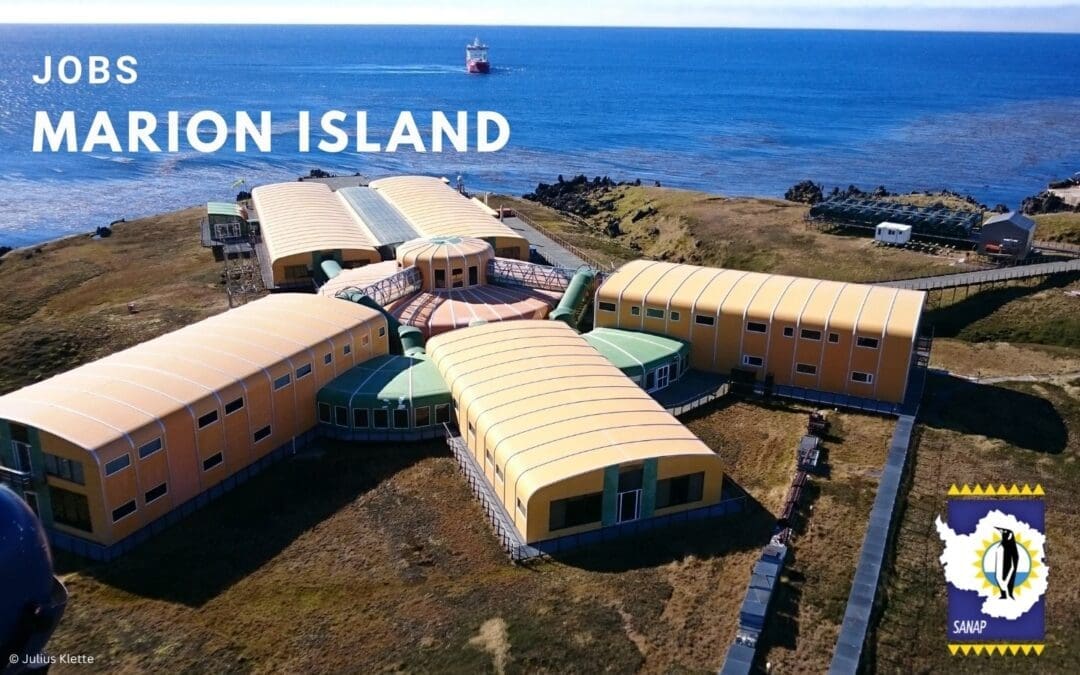


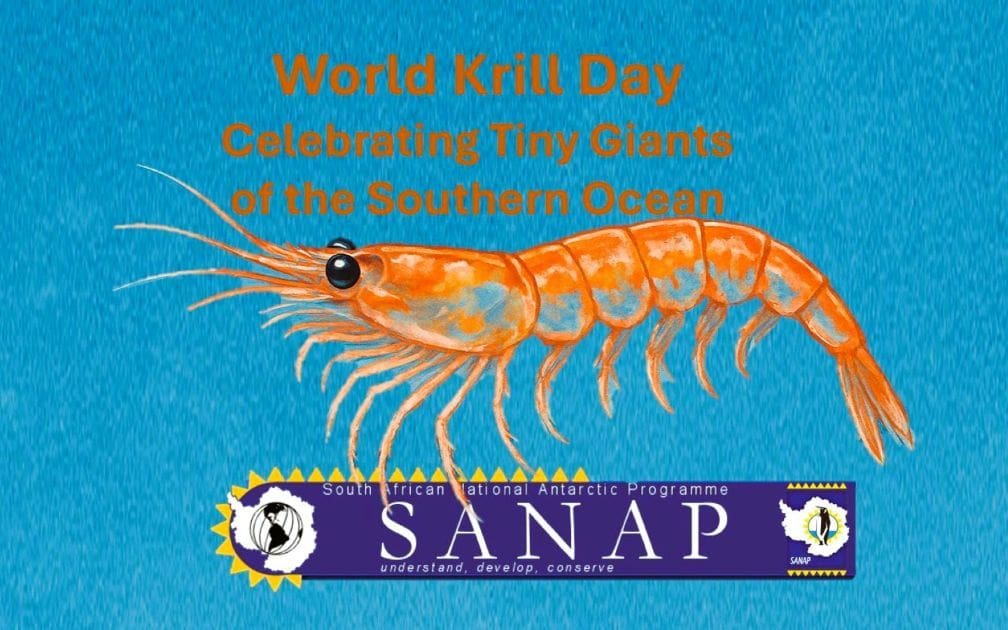
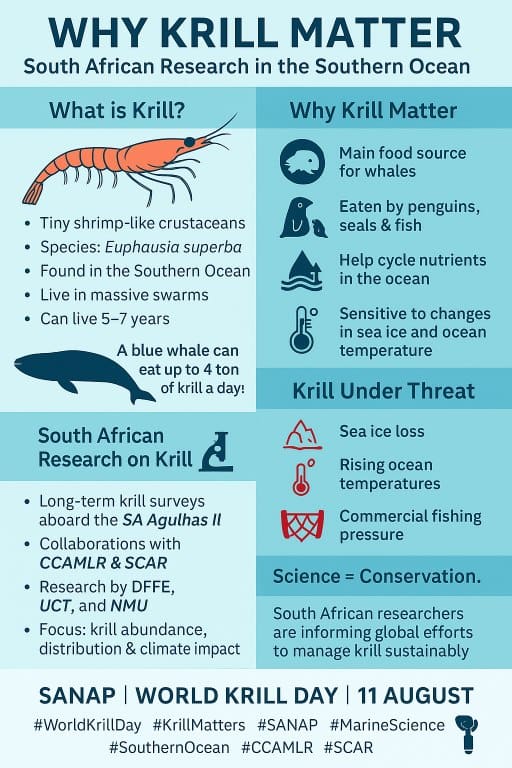 Every year on 11 August,
Every year on 11 August, 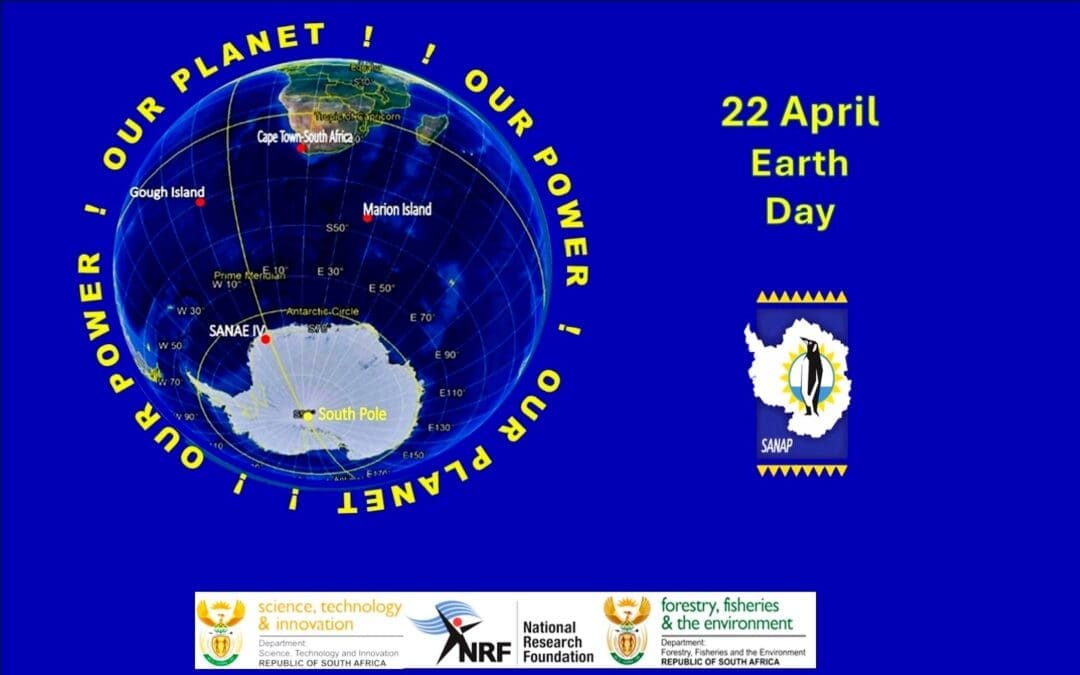
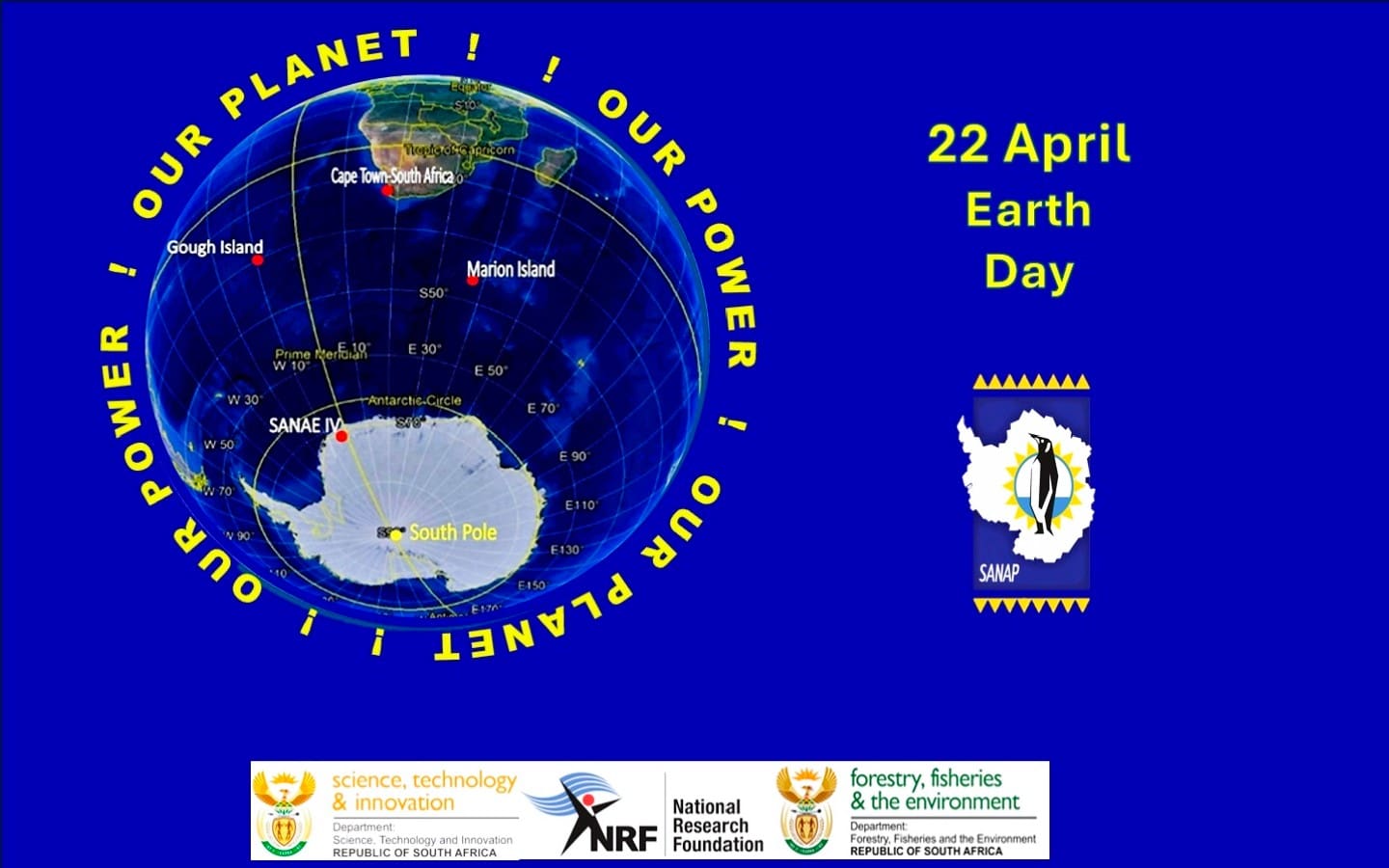 On
On  The work conducted through SANAP not only enhances our understanding of Earth’s most vulnerable environments but also strengthens global collaboration on environmental sustainability. Long-term monitoring of weather patterns, sea temperatures, and wildlife populations across these islands contributes directly to international climate assessments and helps predict future planetary changes. As we mark Earth Day, let us celebrate the dedication of researchers who brave the extremes to ensure a liveable Earth for generations to come. Their efforts remind us that the answers to many of our environmental challenges lie in the farthest corners of our world—and that the time to act on them is now.
The work conducted through SANAP not only enhances our understanding of Earth’s most vulnerable environments but also strengthens global collaboration on environmental sustainability. Long-term monitoring of weather patterns, sea temperatures, and wildlife populations across these islands contributes directly to international climate assessments and helps predict future planetary changes. As we mark Earth Day, let us celebrate the dedication of researchers who brave the extremes to ensure a liveable Earth for generations to come. Their efforts remind us that the answers to many of our environmental challenges lie in the farthest corners of our world—and that the time to act on them is now. The
The 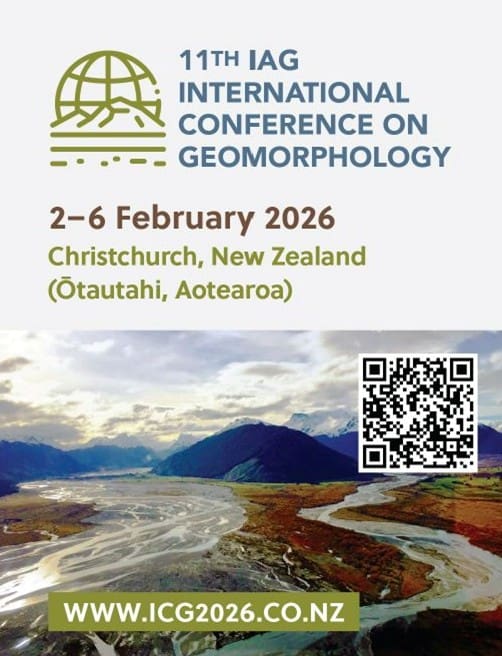
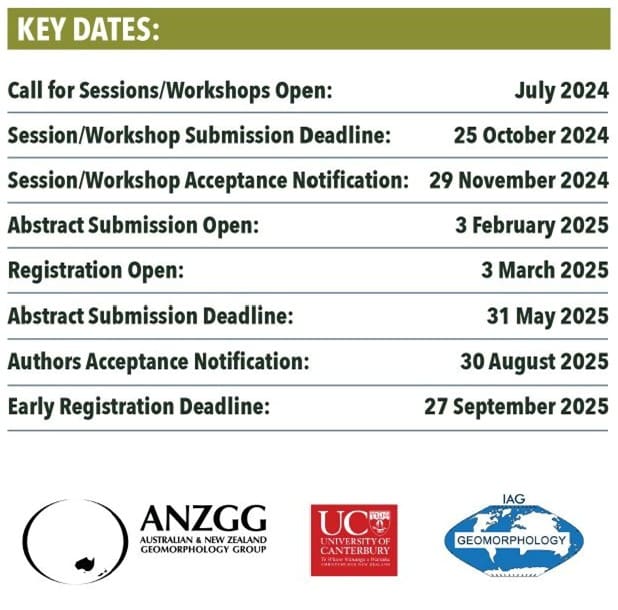 Who Should Submit?
Who Should Submit?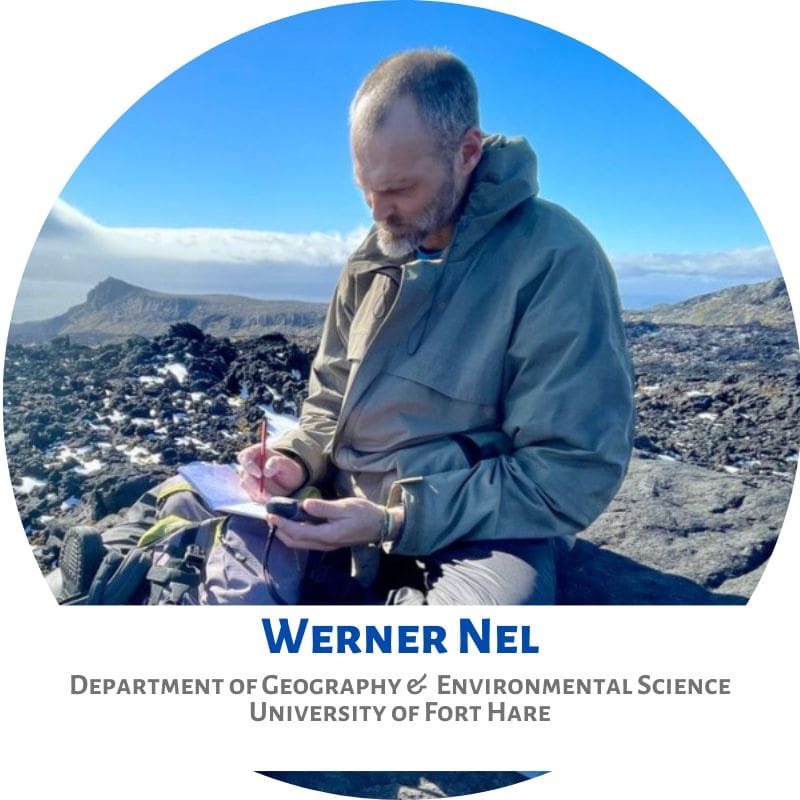 Message from Prof Werner Nel:
Message from Prof Werner Nel: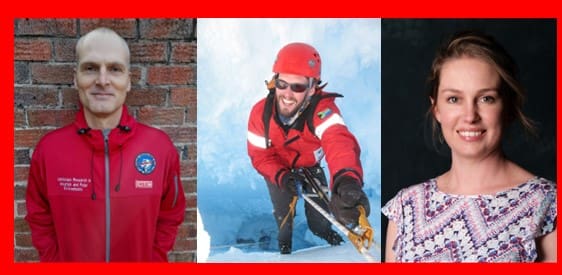
 Article published by Werner Nel, Dominic Hodgson, David Hedding, Alex Whittle and Elizabeth Rudolph
Article published by Werner Nel, Dominic Hodgson, David Hedding, Alex Whittle and Elizabeth Rudolph



